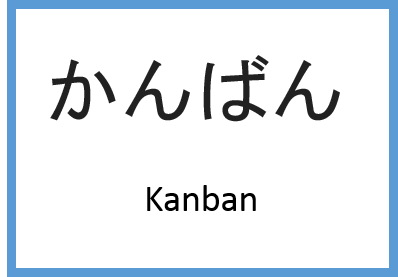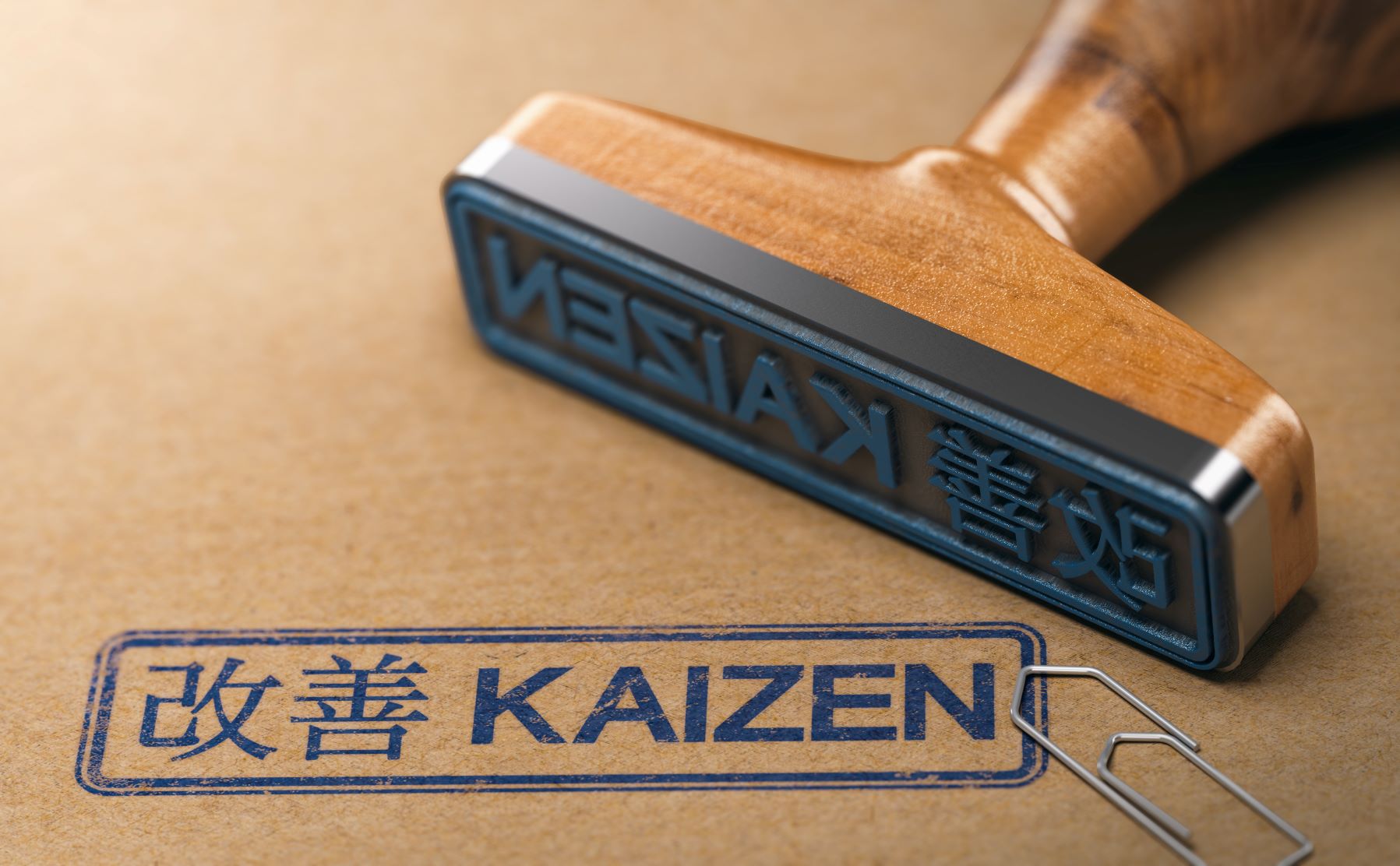What Are the Most Effective Lean Six Sigma Tools for Process Improvement?
August 27, 2025Lean Six Sigma combines waste reduction (Lean) with quality improvement (Six Sigma) methodologies to create a comprehensive framework for...
What is Kanban and How Can It Transform Your Organization?
August 18, 2025There are dozens of tools and techniques used by organizations to support their continuous improvement efforts. The most successful...
The 5 M’s of Kaizen Every Leader Should Know
April 3, 2025We often describe Kaizen as a way of looking at the world rather than a prescription for how to achieve positive change. Kaizen thinkers...
Kaizen Event Planning in 7 Simple Steps
December 5, 2024Here at KaiNexus, we get the opportunity to chat with organizations across all industries and write about many different continuous...
How Does Standard Work Drive Continuous Improvement in Organizations?
September 2, 2025Standard Work serves as the foundation for all continuous improvement efforts by establishing consistent, documented processes that create...
Best Practices for Effective Kaizen Management
August 8, 2024Kaizen management can give your company a significant edge over your competitors. It involves lean operations and continuous improvement,...
The Fundamental Principles of Kaizen Project Management
March 8, 2024The continuous improvement methodology of Kaizen was once closely associated with industrial and automotive manufacturing. That’s because...
Continuous Improvement Tools, Techniques, and Why You Need Them
July 17, 2023Continuous improvement is an ongoing effort to enhance processes, products, services, and overall business performance. It is a systematic...
What Is Business Process Improvement? The Complete Guide
July 14, 2023Business process improvement (BPI) is the systematic approach of analyzing, optimizing, and enhancing existing business processes to...












